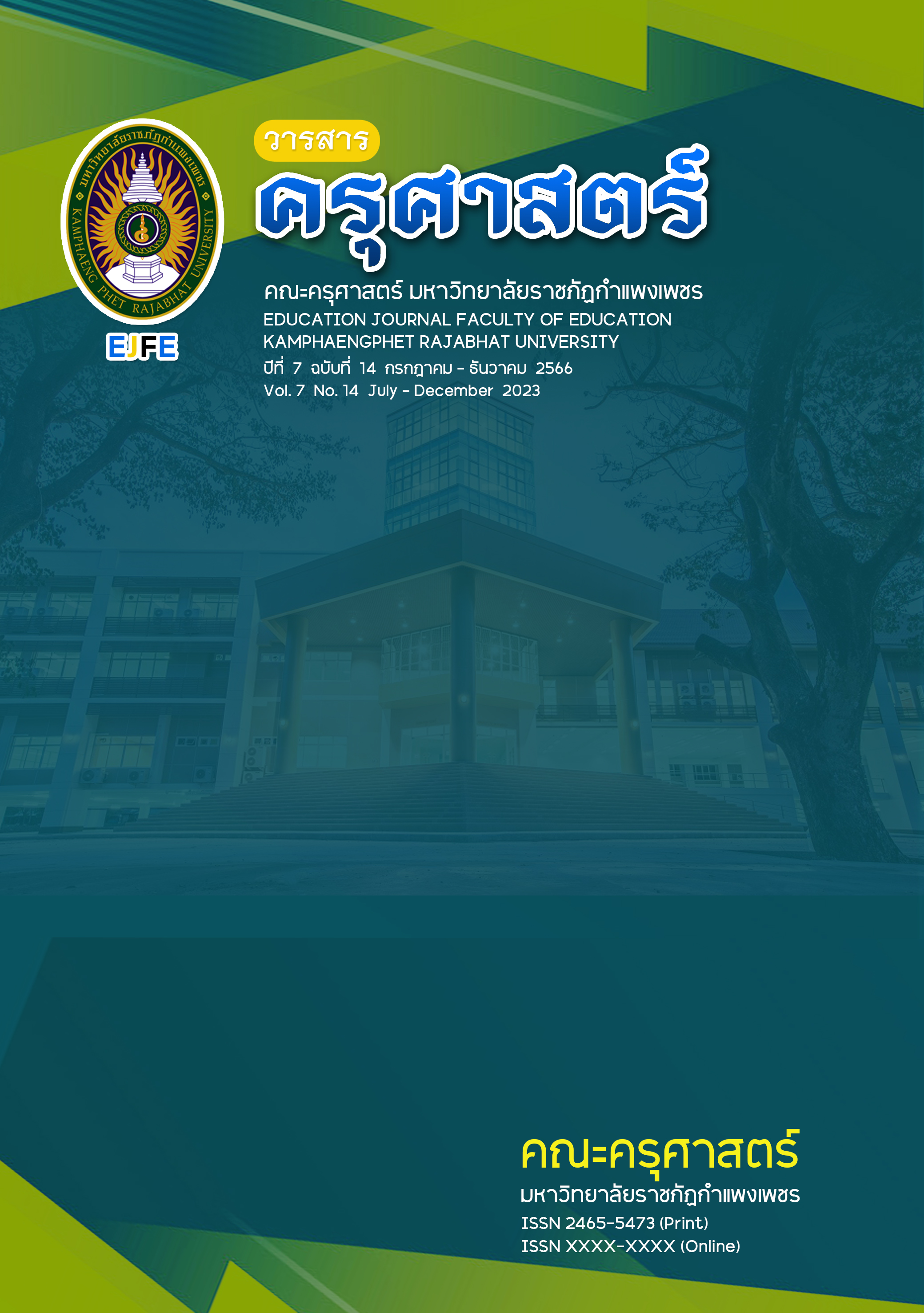Means of Performing the Speech Acts of Complaining in Vietnamese
Main Article Content
บทคัดย่อ
This study investigates the use of complaining language in literary works by Anh N.N. The author examines the forms of using complaining speech acts based on the theory of pragmatics. Based on data collection, there are 408 utterances containing complaining speech acts expressed by means such as modal particles at the end of sentences, colloquial words, and a number of rhetorical devices. Complaining speech acts are most commonly expressed through the use of modal particles at the end of sentences, followed by colloquial words, and finally through the use of rhetorical devices.
Article Details

อนุญาตภายใต้เงื่อนไข Creative Commons Attribution-NonCommercial-NoDerivatives 4.0 International License.
CC Attribution-NonCommercial-NoDerivatives 4.0
เอกสารอ้างอิง
An, V. M. (2003). Cấu trúc và sự hành chức của các yếu tố tình thái trong lời than phiền. Tạp chí Khoa học và Công nghệ - Đại học Đà Nẵng. pp. 48-53.
Anh, N.N. (2011). Những cô em gái. Hồ Chí Minh: Nhà xuất bản trẻ.
Anh, N.N. (2013). Ngồi khóc trên cây. Hồ Chí Minh: Nhà xuất bản trẻ.
Anh, N.N. (2019). Mắt biếc. Hồ Chí Minh: Nhà xuất bản trẻ.
Châu, Đ. H. (2003). Đại cương Ngôn ngữ học tập 2. Hà Nội: Đại học sư phạm.
Dân, N. Đ. (1998). Ngữ dụng học Tập 1. Hà Nội: Nxb. Giáo dục.
Đức, L. T. M. (2001). Hành vi than phiền trong tiếng Việt. Luận văn Thạc sĩ, Trường Đại học Khoa học Xã hội và Nhân Văn, TP.HCM.
Giáp, N. T. (2008). Giáo trình Ngôn ngữ học. Hà Nội: Nxb. Đại học Quốc gia Hà Nội.
Liên, Đ. T. K. (1999). Ngữ nghĩa lời hội thoại. Hà Nội: Nxb. Giáo dục.
Hồng, Đ. T. M. (2001). Hành vi trách móc trong ca dao Quảng Bình. Ngữ học trẻ 2001. Diễn đàn học tập và nghiên cứu, Hội Ngôn ngữ học Việt Nam. pp. 398-404.
Searle J. R. (1969). Speech Acts. Cambridge: Cambridge University Press, Cambridge.
Yule G. (1996). Pragmatics. Oxford: Oxford University Press.


